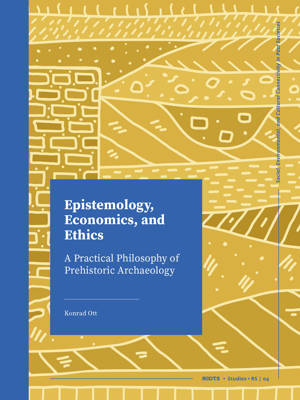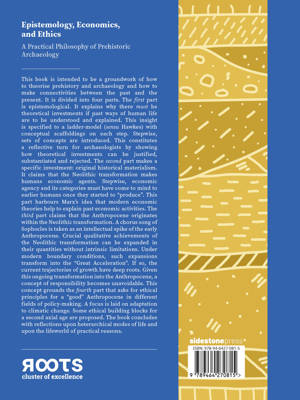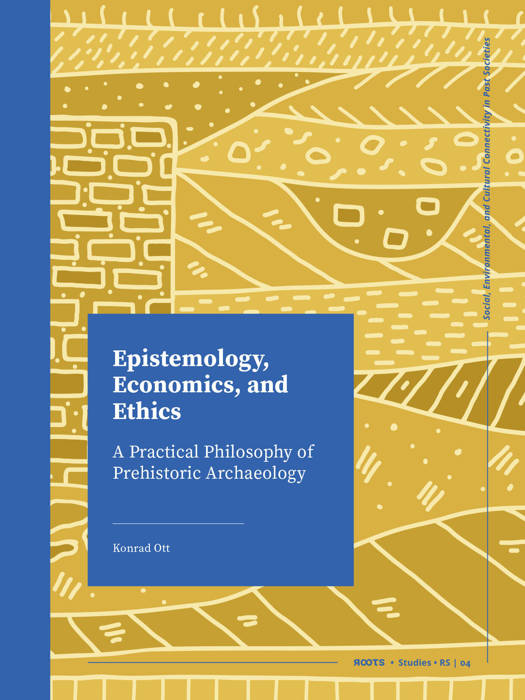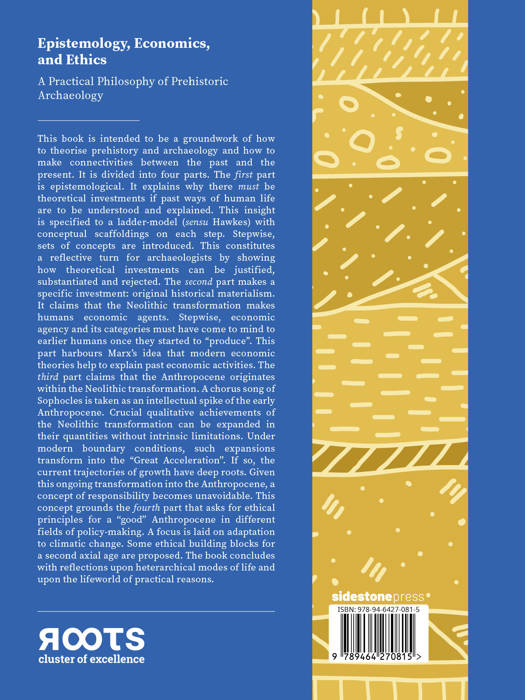
- Afhalen na 1 uur in een winkel met voorraad
- Gratis thuislevering in België vanaf € 30
- Ruim aanbod met 7 miljoen producten
- Afhalen na 1 uur in een winkel met voorraad
- Gratis thuislevering in België vanaf € 30
- Ruim aanbod met 7 miljoen producten
Zoeken


€ 40,00
+ 80 punten
Uitvoering
Omschrijving
This book is intended to be a groundwork of how to theorize prehistory and archaeology and how to make connectivities between the past and the present. It is divided into four parts. The first part is epistemological. It explains why there must be theoretical investments if past ways of human life are to be understood and explained. This insight is specified to a ladder-model (sensu Hawkes) with conceptual scaffoldings on each step. Stepwise, sets of concepts are introduced. This constitutes a reflective turn for archaeologists by showing how theoretical investments can be justified, substantiated and rejected. The second part makes a specific investment: original historical materialism. It claims that the Neolithic transformation makes humans economic agents. Stepwise, economic agency and its categories must have come to mind to earlier humans once they started to "produce". This part harbors Marx's idea that modern economic theories help to explain archaic economic activities. The third part claims that the Anthropocene originates within the Neolithic transformation. A chorus song of Sophocles is taken as an intellectual spike of the early Anthropocene. Crucial qualitative achievements of the Neolithic transformation can be expanded in their quantities without intrinsic limitations. Under modern boundary conditions, such expansions transform into the "Great Acceleration". If so, the current trajectories of growth have deep roots. Given this ongoing transformation into the Anthropocene, a concept of responsibility becomes unavoidable. This concept grounds the fourth part that asks for ethical principles for a "good" Anthropocene in different fields of policy-making. A focus is laid on adaptation to climatic change. Some ethical building blocks for a second axial age are proposed. The book concludes with reflections upon heterarchical modes of life and upon the lifeworld of practical reasons.
Specificaties
Betrokkenen
- Auteur(s):
- Uitgeverij:
Inhoud
- Aantal bladzijden:
- 256
- Taal:
- Engels
- Reeks:
Eigenschappen
- Productcode (EAN):
- 9789464270815
- Verschijningsdatum:
- 1/02/2024
- Uitvoering:
- Paperback
- Formaat:
- Trade paperback (VS)
- Afmetingen:
- 211 mm x 279 mm
- Gewicht:
- 900 g

Alleen bij Standaard Boekhandel
+ 80 punten op je klantenkaart van Standaard Boekhandel
Beoordelingen
We publiceren alleen reviews die voldoen aan de voorwaarden voor reviews. Bekijk onze voorwaarden voor reviews.












